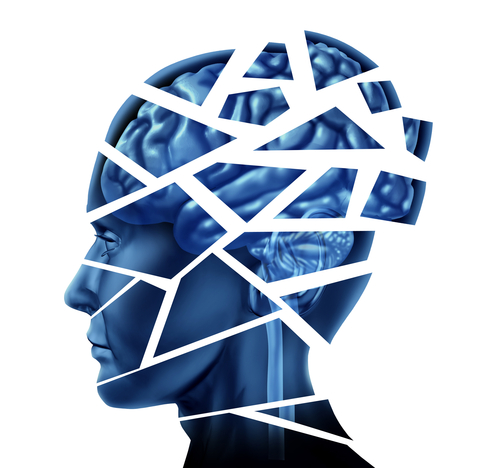Vision screenings are not meant to be a comprehensive eye exam. Many just check to see if you can read a certain letter size at a certain distance then grant you the PASS and tell you that your vision is fine. But vision is so much more than sight…
Vision guides movement whether it is the smooth eye tracking of a ball as it rolls across the floor, or converging the eyes towards each other when you pick up a book, or the large jumps your eyes perform as you glance from your phone to the TV across the room. A combination of different eye movements is needed to allow for the eyes to point to the correct place at the correct time. These movements are critical to help us avoid double vision and to guide our movements and interactions with the space and objects in our day to day life.
Fine tune control of these movements may be influenced by fatigue, poor flexibility in the system, or inconsistent stamina. Over half of the surface of the brain is dedicated to vision – eye movements coordination and control, sight, and visual perception. This accounts why stroke, concussion, and many other systemic neurological conditions result in some form of visual deficit. All voluntary eye movements are driven by attention. So those who are wired differently, such as those with autism and attention deficit disorders, often struggle with functional vision problems.
Vision also integrates with other sensory systems like the vestibular system in the ears to provide one with a sense of orientation and balance. Read more about our previous blog about Vision and Balance here. Visual perception help us divide our world into left and right, top and bottom. Only when we have an internal construct are we able to project and understand relations of external objects. An example of people who have difficulties with this concept are those who mix up their b, d, p, q’s.
Vision screenings simply take a snapshot of vision at a particular moment. Much like how a person’s intelligence cannot be determined just by a single test question, these screenings do not examine how vision performs dynamically over time and space when subjected to rigors of stress or cognitive loads. This is the reason behind how patients with 20/20 continue to struggle with undiagnosed vision problems. A functional vision assessment examines the whole visual system beyond just eye health. After all, the visual system is ultimately subjected to complex modifications from the brain. Vision is beyond sight and is not simply optics like that of a camera.

